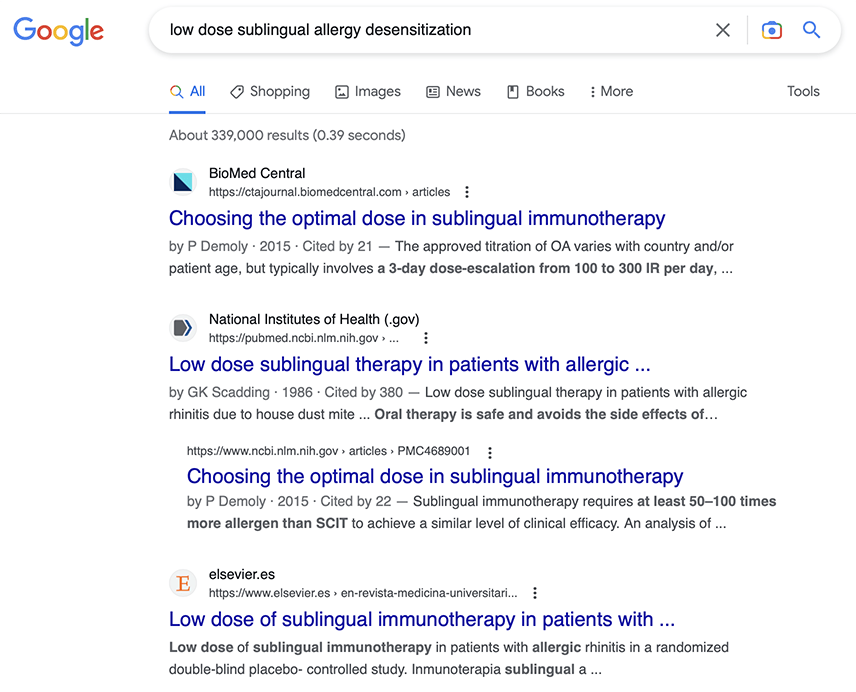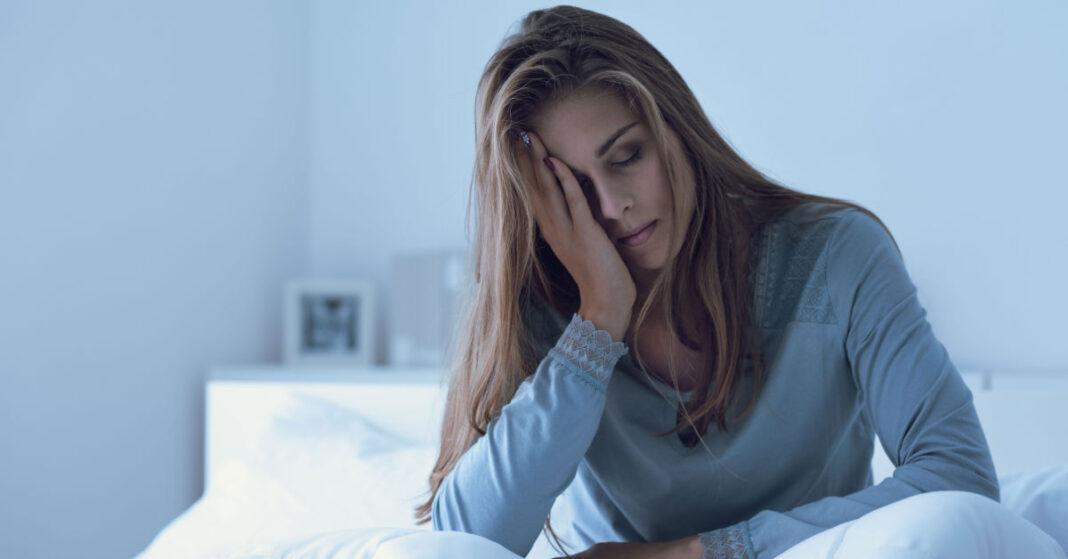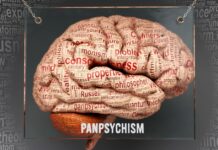Last week I reported on so-called long COVID, using an up-to-date take on matters. But it’s really just an old horse with a new name. It’s been called post-viral fatigue syndrome (PVFS) almost as long as I have been in the game (it’s in my books from 1988 onwards!)
It’s quite a big topic and I decided not to tackle effective protocols and cram it all into one long newsletter, but rather leave the what-to-do material till this week; so, here goes on that promise!
Basically, as I reasoned then and still believe, the secret is to unburden the immune system. The more we can relieve its problems, the more spare clout it has to subdue the viruses and their after-effects.
First and foremost comes the MOST IMPORTANT protocol—but the least used and understood, which is to test and eliminate food allergens (food intolerance, bandit foods, call it what you like).

Looks healthy but watch out! There are two nightshades in this bowl and a grain (corn)! That could be a problem to some.
See, eating things that challenge the immune system just distract it from its real job, which is to remove UNWANTED pathogens. So why waste its resources chucking out UNNECESSARY enemies? You don’t necessarily have to follow avoidance dieting for the rest of your life, or even years, just until you get a recovery.
But if you go on eating wheat, dairy, coffee, eggs, whatever, and these are a burden on the body, you are adding to the problem, not subtracting from it.
So get started right away. Don’t fall for the pseudo-knowledge out there, from health wannabees. They have NO IDEA what your body tolerates and does not tolerate. You find that out only by experimenting. I tell you exactly how to do it in my book DIET WISE, which is now published under the title One Diet for Life (same text).
I have always worked with the very simple “shorthand” definition of allergy which in layman’s terms is: something you should avoid because you will feel better if you do!”
This empirical (hands-on) approach is based on the following clinical criteria:
- The substance can be shown to cause a patient harm i.e. an avoidance of it brings about a recovery
- Reintroduction of the substances causes a recurrence of similar symptoms
- There is no other obvious cause of the affliction.
This is eminently sensible and is how the term is used today in popular usage. The layman does not need to know the mechanisms of allergy, hypersensitivity and intolerance but can readily grasp the concept of ‘something to avoid’.
Desensitization
There is no doubt that it is more convenient to desensitize your allergy than to go on avoiding a substance for life. The conventional method of stronger and stronger doses, till you either die (quite common) or can tolerate it, is not recommended. It has never worked for food.
Instead, at my facility, we used low-dose desensitization, typically with sub-lingual drops. “It’s fraud, it can’t work,” screamed headlines, quoting conventional doctors. Well, 40 years on, conventional doctor were doing exactly that! Go figure.
This is a screenshot of Google showing 339,000 pages on the Web featuring the keyword “low dose sublingual allergy desensitization”:

Of course it’s not enough to avoid food allergens. You need to avoid crappy food of all denominations. No sugar, no manufactured food, NO fast food… and I’m not giving you permeso to do it now and again. Just don’t eat that stuff. It’s not food anyway, it’s ultra-processed junk and fluff that will KILL you!
How much cyanide do you want to swallow: a little now and again? Really?
Eat only whole foods; organic if you can get it (maybe a rotation diet for the time being).
Get Rid Of Chemicals
Be as extreme as you can be! Nearly 50 years ago I formulated (Scott-)Mumby’s rule of the nose. It’s this: if there is enough to create a smell, there is enough to make you ill.
That’s means OUT with a lot of cosmetics and toilet products, no detergents or solvents (leave the oceans in peace), no pesticide substances, inside or outside the home, paints, felt tips, and a great many fabric treatments, plastics and modern wood substitutes.
I wrote a lot about new cars and chemically sensitive people: buy second-hand! The amount of chemical outgassing that takes place in the first year of life of any new vehicle is a hazard to many, who often don’t suspect where the problem is coming from. Why choose new?
Consider Adding Oxygen
One thing is very clear. Those with PVFS have low oxygenation levels. O2 can provide a major boost.
The simplest way to get it is nebulizing hydrogen peroxide! The so-called Fenton reaction means that hydrogen peroxide (H2O2) breaks down to oxygen (O2) and water (H2O).
If you can afford it, or can borrow one, try a hyperbaric chamber (tip from my friend Jolana, in Telluride, CO).
Best of all, if you have the set up, would be medical ozone (5% ozone with 95% oxygen) delivered by rectal or vaginal insufflation. It’s like oxygen on steroids. But this is not one to mess with, if you haven’t been shown what to do.
Is Mercury an Added Problem?
No question: mercury is a deadly poison—UNLESS you put it inside someone’s mouth, in which case it becomes magically harmless. But that’s the last place you want it; the person sucking on what I christened a “mercury lozenge” 24/7.
You read all this stuff, of course. But take GREAT CARE if you embark on a program of removing mercury. I’ve seen patients put on a stretcher by doing it badly.
For improving chemical tolerance: Check, are detoxification pathways normal? Consider zinc, magnesium and glutathione, etc.
Clean Up Candida
That’s a real drain on the immune system, as we discovered with cancer cases in the 80s and 90s. Years ago I observed (rather than invented) the Terrible Trio, which I soon christened the Awesome Foursome:
- Alcohol intolerance
- Chemical sensitivity
- Cravings for sweet foods (sweet tooth)
- Abdominal bloating
Other factors that count include electrical fields (EMFs), geopathic stress and parasites. In fact all kinds of “stealth pathogens”.
Adequate rest, harmony at home, outside interests or hobbies and a positive view of the future are important.
Don’t fight it and don’t push—it won’t work. Remember what I told you last week about patients “allergic to exercise” or exercise-induced malaise and fatigue.
In The Long Term
It is all too easy to avoid the company of others who may not understand the illness. Once established, this kind of psychological deficit becomes very difficult to break, even when treatment should be signaling success. It will also alienate others, who then assume the patient doesn’t want to get well.
The support of relatives and friends is needed. Yet all too often this is lacking, aided and abetted by medical practitioners who make pronouncements that are at best misguided and, at worst, downright destructive. The last thing a patient needs, when in the grips of a nightmare illness, is scorn and disbelief from those who are suppose to help!
To your good health,
Prof. Keith Scott-Mumby
The Official Alternative Doctor




